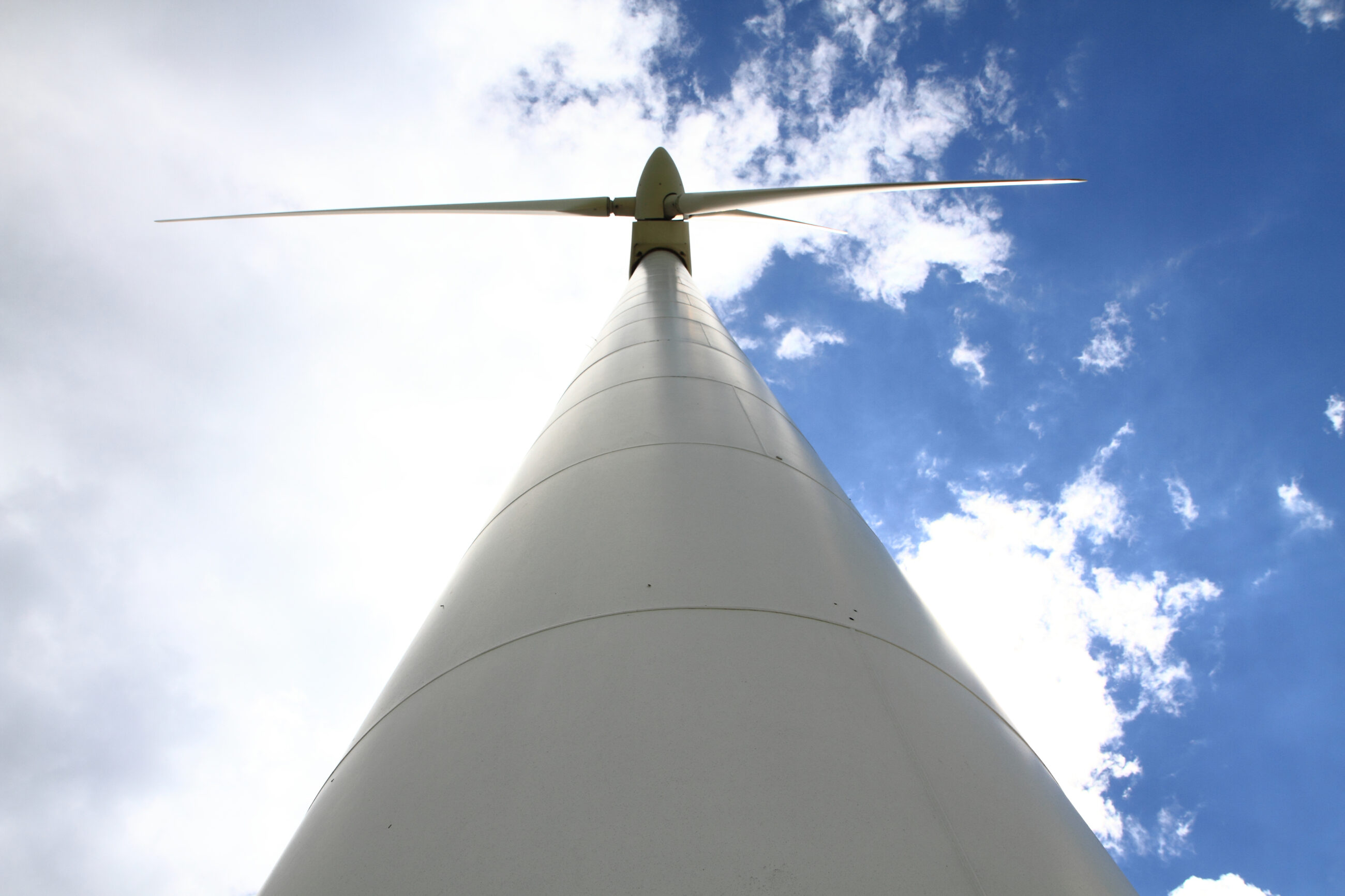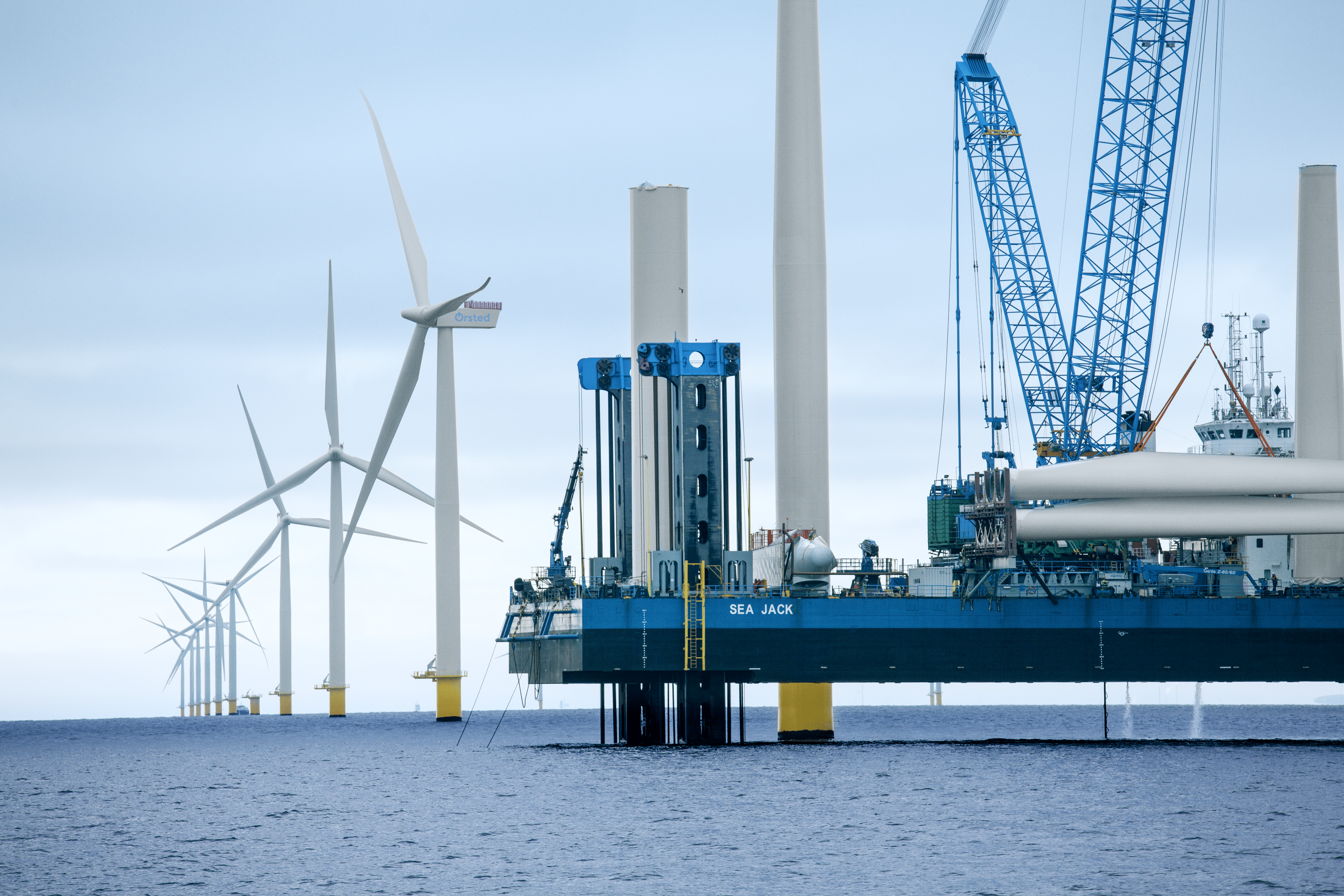News
Offshore wind
Wind energy
Wind farm planning and development
+1
Pushing the limits for floating wind turbines in the Atlantic Ocean


Danish-Japanese joint venture MHI Vestas will supply turbines to what will become the highest capacity-rated floating offshore wind farm in the world. The project, WindFloat Atlantic, has selected the manufacturer as turbine supplier for the development located in the Atlantic Ocean off the northern coast of Portugal, writes EnergyWatch.
Portuguese energy company EDP Renewables, which also leads the consortium WindPlus, is project developer. MHI Vestas will supply three V164.8.4 MW turbines for installation on the floating platforms – a new role for the model V164, which has otherwise been used in wind farms featuring traditional foundation types.
MHI Vestas' V164 will thereby be the most powerful turbine to be installed at a floating wind facility.
Floating technology accelerating towards its full potential
The WindFloat facility will be able to supply 18,000 households with green energy. MHI Vestas highlights the project as being particularly important on account of the insights that can be gained through experience with the floating technology.
-Related news: The world's largest offshore wind farm is launched
"Our experience with the semi-submersible floating foundation thus far gives us great confidence in this project. With floating technology accelerating towards its full potential, this project will provide many critical insights that will be carried forward into future projects," said MHI Vestas Chief Technology Officer Torben Larsen.
The three turbines will be installed at a site 20 kilometres from land at sea depths up to 100 meters. The floating platforms will be supplied by Principle Power. Back in the day, Vestas delivered one 2 MW turbine to Principle Power's first small-scale pilot project off the Portuguese coast, inaugurated in 2012.
Besides Principle Power and MHI Vestas, Siemens Gamesa and Equinor have also become involved in floating offshore wind energy.
Floating offshore wind provides an opportunity for opening up a much larger market
Whereas costs associated with floating offshore wind installations are higher than those involving conventional foundation types, the technology shows promise in that it provides new possibilities for establishing wind farms. Installation of offshore wind facilities with fixed foundations is not economically viable at many sites around the world due to large sea depths.
-Related news: Green trend: Corporations buy renewable energy
Potential sites including the US west coast, several countries in Asia as well a several European markets in Scotland, Portugal and France all preclude conventional fixed-foundation construction due to large sea depths. Floating offshore wind provides an opportunity for opening up a much larger market.
Norway has announced that it will from this autumn open two new areas in Norwegian waters, where the offshore wind industry will be able to begin pilot projects to test the technology. Altogether, four areas in Norwegian territorial waters have been identified as especially suitable for offshore wind. The electricity generated by these turbines will be used to power offshore oil and gas rigs and will not be connected to the mainland's grid.
Source: EnergyWatch















